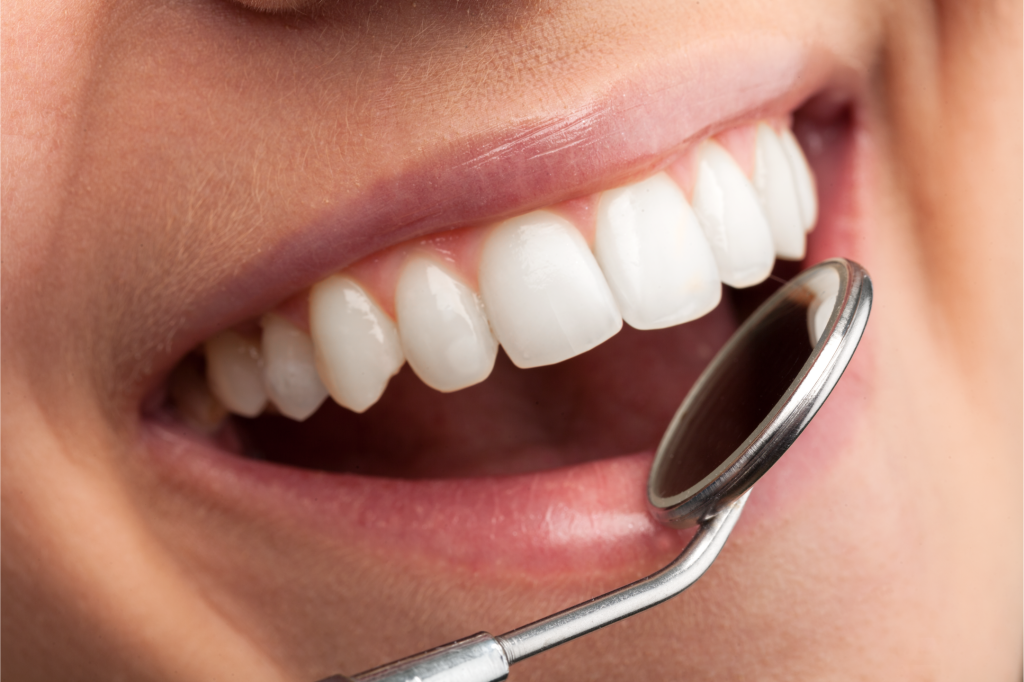What is Tooth Bonding?

Tooth bonding is a cosmetic dental procedure that repairs a chipped, cracked, or otherwise broken tooth. It also helps with discolored teeth, gaps between the teeth, and even lengthening a tooth that’s shorter than the rest. The “bond” is a composite resin that takes over where your tooth broke to make it look as good as new. Unlike a crown (used for fillings), the composite color will be similar to the color of the tooth, so it continues to look natural.
How do I know if Tooth Bonding is right for me?
Tooth bonding is best for teeth that suffered minor injuries and aren’t severely decayed. If you lost a tooth or the tooth is severely damaged, you may favor a dental implant over bonding. Dental implants replace the tooth and root entirely with an implant and a porcelain crown. Additionally, tooth bonding is best for people who are already happy with the color of their teeth. If you have always wanted to whiten your teeth, you need to do it before you start the teeth bonding procedure. Dr. Zeik chooses a bond similar to the color of your natural teeth, and if you whiten your teeth later, then your natural enamel will get lighter, but your bond won’t change color.
What’s involved in teeth bonding?
Teeth bonding is an in-and-out procedure that doesn’t even require anesthesia unless you also need a filling or Dr. Zeik needs to dramatically change the shape of your tooth. You may also get anesthesia if you chipped the tooth near your nerve, as the work could bump it and be painful. The first stage involves choosing a composite resin color that’s as close as possible to the color of your tooth. Dr. Zeik will use a chart to make sure the choice is correct. Then, Dr. Zeik prepares to bond the composite resin to your existing tooth. He starts by creating a rough surface and applying a bonding agent. The rough surface makes it easier for the liquid and the composite to stick. The composite resin is then added to the area and molded to repair the damage. Everything then dries with a UV light. It’s okay if you don’t think it’s perfect the first time around. Dr. Zeik can shape the tooth further even after the resin is dry.
How to take care of your Tooth Bonding?
Nothing is as strong as your natural teeth and enamel, including the composite resin. So, while your bond repairs the tooth, you still need to take good care of it. You should avoid doing things like chewing on ice cubes or pens. Hard foods and candies (in excess) can also cause damage to your bond. However, these aren’t good for your natural teeth either, so it’s best to avoid them generally, especially with a history of chipping or breaking teeth. It’s also important to note that resin doesn’t resist long-term stains as well as your enamel. You’re more likely to experience long-term discoloration if you drink lots of coffee and red wine or if you smoke. Unfortunately, you can’t whiten composite resin. So, if you stain your bond, then you might be stuck with it unless you replace it or choose to go the veneer route. You can get your teeth whitened with a bond. Whitening gels won’t harm the composite resin, but you will see a disparity in color as your tooth’s appearance changes, but your bond stays the same. However, Dr. Zeik may be able to offer a very thin bond on your front teeth, depending on the manufacturer of your bonding material. The bottom line: whitening can be unpredictable, and it’s better to whiten first and bond second, especially if you want a bond on one of your front teeth. Otherwise, you could end up wanting to replace the bond altogether.
 (732) 863-8040
(732) 863-8040
